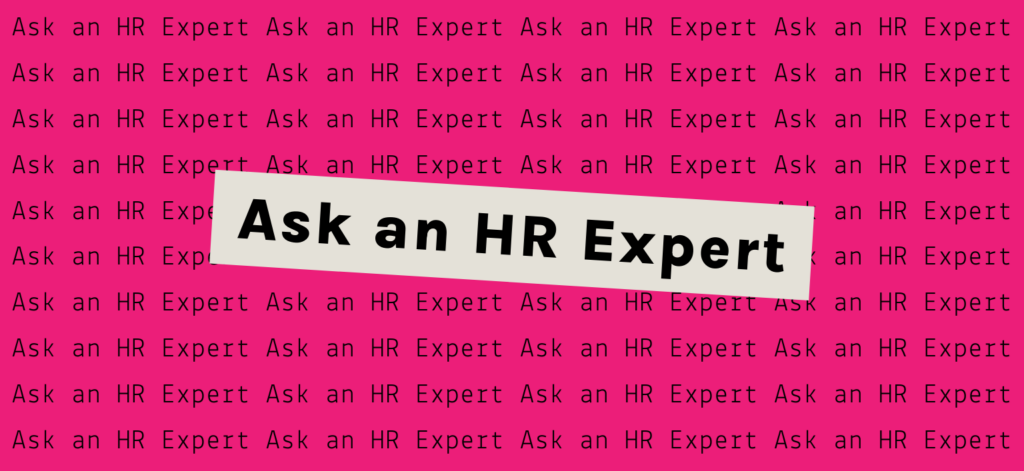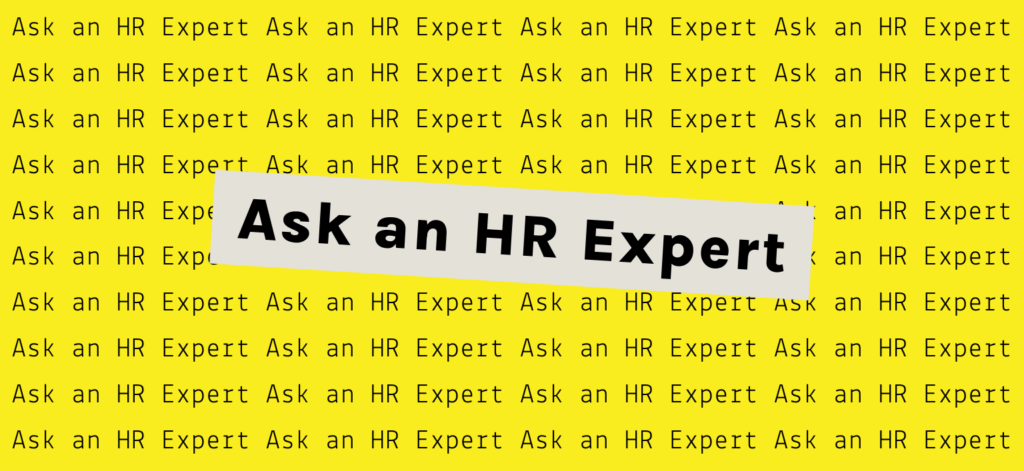By now, most HR professionals are familiar with the ‘post and pray’ method of recruiting. It’s straightforward enough — you post a new job online, maybe going through a few different channels to cast a wider net, and then you pray for the floodgates to open and offer up a ton of qualified candidates.
But in today’s market, job seekers have more power and leverage when it comes to choosing what they want to do and where they want to do it. There’s been a fundamental shift in how they gauge new career opportunities, and the job posting is only one piece of the puzzle. Job seekers are researching your company online before they ever hit the apply button, and using sites like Glassdoor to find out more about your culture to determine if what you’re offering meets their needs.
It’s one matter to get your job posting in front of as many eyes as possible, but ask yourself – are you really engaging the talent you want? We recently teamed up with Mac’s List to discuss the importance of building a strong employer brand and effective job posting strategy that resonates with top talent. We’ve recapped some of the details below, but make sure to check out the on-demand webinar for additional insight and an in-depth Q&A with both teams.
Treat Your Employer Brand like a First Impression
- Define your values — Your employer brand has the ability to greatly impact whether or not your ideal candidates view your company as a great place to work. When building it, make sure to emphasize the unique value you can offer potential candidates in terms of culture, total rewards, and professional development, and do it intentionally. Focus on what matters to your target candidates and make sure it’s an authentic representation of what you bring to the table.
- Manage your reputation — Did you know that 84% of job seekers evaluate a company’s reputation when deciding where to apply? Perception is everything, and your company’s reputation can make or break whether that great candidate applies to work for you. Job seekers are looking to get the inside scoop on how you treat your employees and other candidates, so keep an eye on what people are saying about you online and promptly respond to any negative feedback.
- Engage your employees — Job seekers are far more likely to trust a company based on what its employees say, so make sure you’re creating a value proposition that your employees are on board with and can get excited about. Tap them to find out what it’s like being a part of your team, and encourage them to share that value with their personal and professional networks.
Create Job Postings that are Relevant and Effective
- Prioritize your ‘must-haves’ — These are the core requirements that you’ve determined a candidate would need to be successful in the role, and are usually dictated by the job description. More often than not, they include factors like experience, education, software knowledge, and/or certifications. You should place these prominently in your job posting and include some detail that addresses where they fall on the scale of requirements. Are they truly required, or are they preferred? By doing this, candidates can quickly assess a match, and those who meet those requirements will feel more empowered to apply.
- Craft a compelling job summary — The job summary is the bulk of the posting where you’ll sell the role to potential candidates. It’s where you’ll touch on the primary responsibilities of the role and communicate how it plays into the bigger picture. Will candidates be part of a team? Does their role intersect with others? It’s also where you can allude to a few soft skills that would be helpful to have, like attention to detail or good time management.
- Shout out your brand — Many companies use a standard boilerplate in their job postings, but most only talk about what the company does, not what they bring to the table. Use your job posting as a way to deliver your employer brand message by playing up your culture and values. Highlight those tangibles and intangibles that are going to appeal to your target candidates.
Job Posting Best Practices to Keep in Mind
- Job postings with salary ranges get up to 30% more applicants, and posting a range up front lets candidates know that you value the skills and experience they can bring to your business. Including a range also opens up the possibility for negotiation when the time comes.
- Keep your job postings neutral by eliminating any gender-coded keywords. Research shows that certain keywords in your posting could unconsciously shape whether a job seeker sees themselves as qualified for the role. Textio and Gender Decoder are great tools for analyzing your postings for these keywords.
- Communicate your commitment to diversity and inclusion in your job posting by focusing on the full value a candidate will add to your team. Also diversify where you post your jobs by advertising with professional organizations that will amplify your postings to a diverse audience. Partners in Diversity and the Urban League are two Portland organizations that help connect people of color to employment, educational, and civic opportunities within the local community. Outside of your job postings, make sure you’re building a culture that’s inclusive and welcoming to all candidates and show up in diverse communities to authentically cultivate those relationships.
- Identify the specific keywords and phrases that your ideal candidates would use to find your job posting. Be sure to include these to make your role more visible in searches and put more qualified eyes on your posting.
- Include a call to action that clearly tells the candidate what next steps to take and what they can expect from you. Make it clear, simple, and compelling!
Set the Tone with a Great Candidate Experience
- Keep in touch — Candidates not only want open lines of communication, but it’s something they’ve come to expect, especially if you’ve already connected with them. Check in every so often with your top candidates so they know they haven’t fallen off your radar. This will also keep you in the loop just in case they turn out to be the perfect candidate for your next opening.
- Add that ‘human’ element — Look at your hiring process and see where you can make it more personal. A customized follow-up email telling a candidate what they should expect after they’ve submitted their resume will go a long way in sparking goodwill towards your business.
- Move quickly! — We’ve heard all about it: application processes that are too lengthy or complex. In fact, 60% of job seekers say they’ve quit an application due to one of more of these reasons. In a tight market, you could be losing out on great candidates who don’t see any value in filling out yet another form. Map out the process and ask yourself if you can streamline any part of it to get more qualified candidates through the funnel.
- Offer feedback if asked — If you’re rejecting a candidate and they want to know why, tell them! 94% of job seekers want feedback and are 4x more likely to consider you in a future search if you offer them feedback. A no with constructive feedback attached will leave a lasting impression on candidates as you’ve given them some great insight they can put to use in their search.
The current market has really put the squeeze on companies, forcing them to not only offer more, but to be more strategic about how they communicate their value. With these essentials, you can better communicate your value while also attracting great talent.




